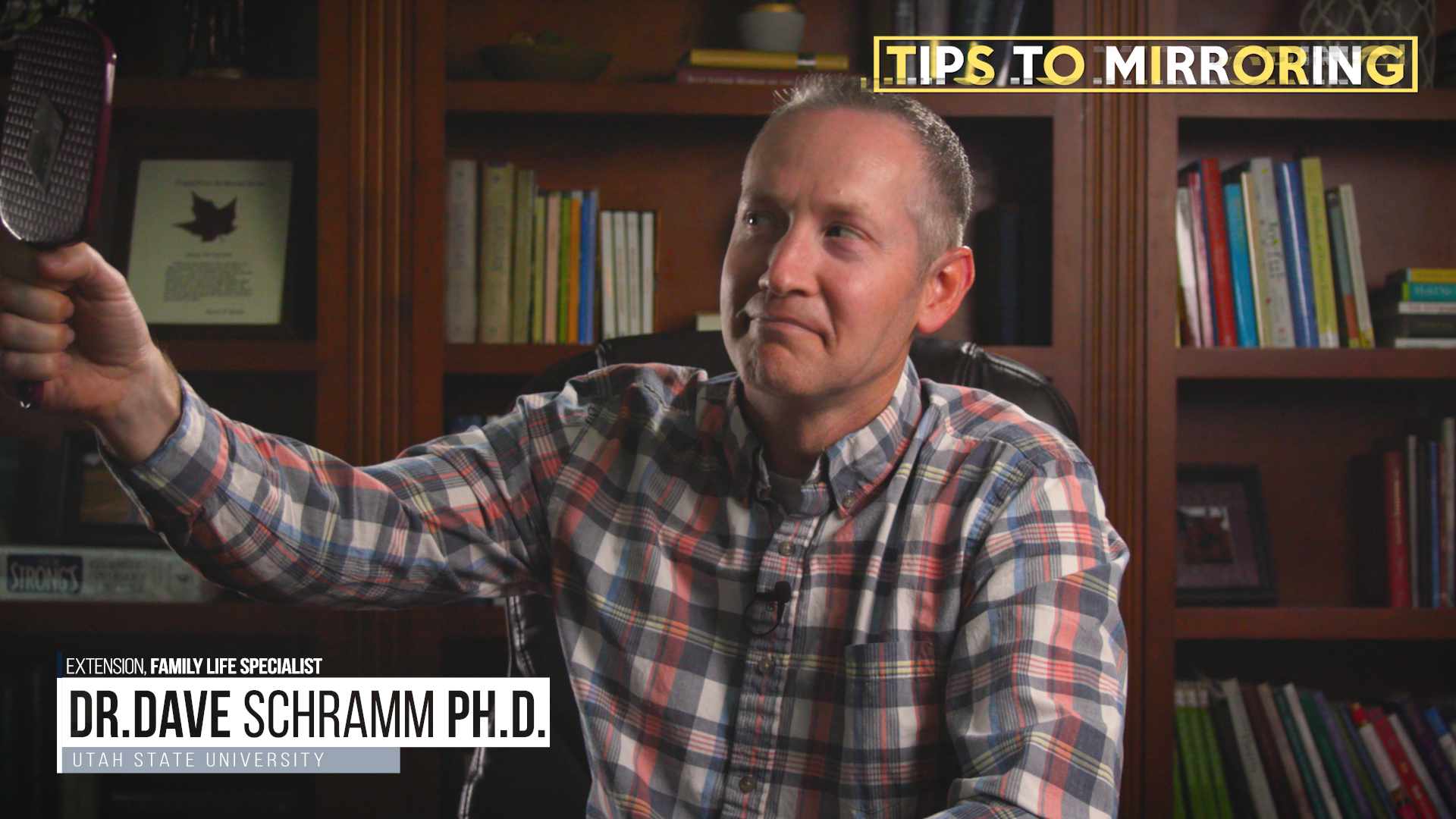Mirroring Children’s Emotions: How Emotional Reflection Builds Connection and Calm
Did you know that one of the best things you can do as a parent when your child is experiencing a strong emotion is to hold up an emotional mirror?
I remember when our four children were ages 8, 6, 4, and 2. I think surviving those years as a parent was nothing short of a miracle!
It can be both physically and emotionally draining to manage schedules and mealtimes and even meltdowns. So what do you do??
Well I turned to the best research and science out there. I’m a huge fan of these two books, some of the best parenting books ever written, in my opinion. They both discuss emotions and empathy quite a bit.
Raising an Emotionally Intelligent Child
Bonus Book: How To Talk So Little Kids Will listen
In fact, John Gottman even says that “Empathy not only matters; it is the foundation of effective parenting.”
So let’s dig in and talk about strong emotions for a second –and that goes for both children and parents. When a human experiences a strong emotion, it happens in the back part of our brain, and when it’s intense, it tends to hijack the front part of our brains where we make decisions, pay attention, and think things through. So a common mistake we tend to make as parents is trying to reason with our child who is scared, angry, or sad. In other words, we’re trying to make them use the front part of their brain when their back part is taking over. So in simple terms, when there are strong emotions, rather than using logic, just listen.
I call it reflecting, or holding up the emotional mirror and reflecting back in words what you are seeing.
For example, when we lived in Missouri I would pick up our 6-year old daughter from dance class. One day I pulled up and she came to the car, got in, slammed the door and then sobbed, “I hate dance, I’m never going back to dance, I’m done dancing!” Whoa! Now what would your first reaction to that be? Probably something like, “What is going on? You don’t hate dance. And you’re definitely not quitting after we just paid for that overpriced costume, dang it!” Or maybe, “You are fine, you love dance, you’re such a drama queen!” Or maybe even, “First young lady, don’t you dare slam that door, you can try that again, and once you stop your bawling we can march in there and figure this out!”
Now, would any of those help the situation? Probably not. If I pulled one of those responses, and dismissed or disapproved of her emotions, then she’s not likely to open up to me about what happened, or feel resentful toward me –her dad who should be showing her love and compassion.
So how did I really respond? I turned around and held up the emotional mirror and said, “Gosh, sounds like you’ve had an awful time at dance, what happened?” She then proceeded to tell me about how the girls next to her were teasing her and when she responded, the teacher caught her not paying attention, stopped the music and called her out in front of the class. So I said, “Wow, that must have been really embarrassing to get called out in front of class. No wonder you’re so mad and don’t want to go back.”
Now, it’s important to point out that I didn’t take sides and tell her she can quit or can’t quit dance. I simply listened, validated her feelings, and reflected the whole drive home. Later that night, when she had calmed down and was getting ready for bed, I went and sat on her bed and asked how she was feeling about it. She said that she didn’t want to quit but didn’t know what to do about the girls teasing her. So we problem-solved together.
One of the keys to this is not trying to teach or correct when your child is experiencing a strong emotion. Just reflect what you are hearing and help them label their emotions.
In fact, that’s the next tip. Studies show that the act of labeling emotions can have a soothing effect on the nervous system, helping children to recover more quickly from upsetting incidents.
This process of self-soothing is HUGE. Kids who can calm themselves from an early age are more likely to concentrate better, have better peer relationships, higher academic achievement, and good health.
The key point here is helping your kids find words to describe what they’re feeling. This doesn’t mean telling your kids how they ought to feel, it means helping them develop a vocabulary for expressing their emotions.
As you listen to a child in an emotional moment, remember that simply sharing an observation usually works better than probing questions to get a conversation rolling.
So one of the big takeaways from today is that feelings must be understood before behavior can be improved.
Okay, before I go, please take a second to subscribe, like, and share the video with others. I’m on a mission to help parents in this wild and awesome parenting journey, and I’d love to read your comments and answer questions you have.

